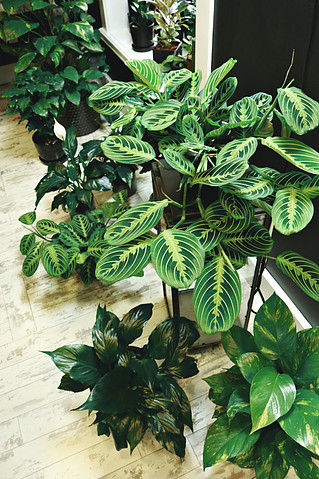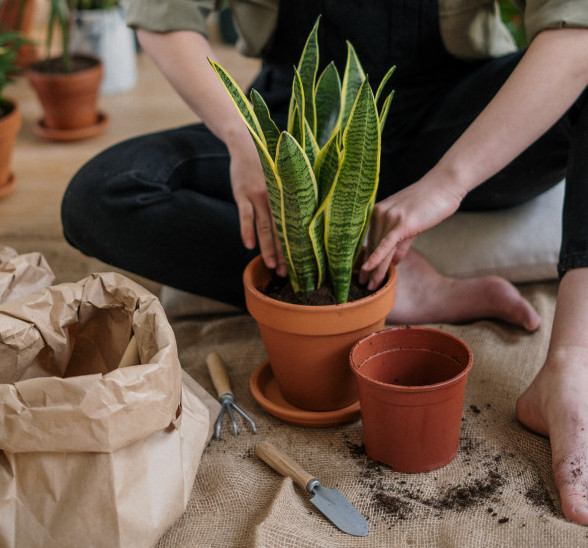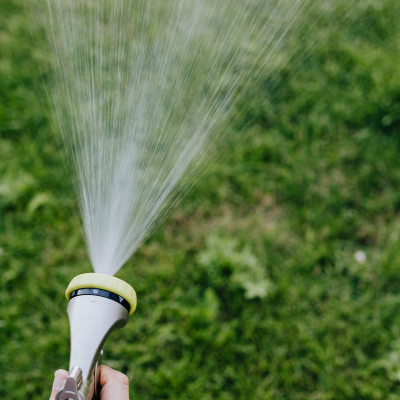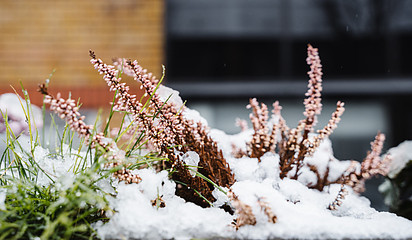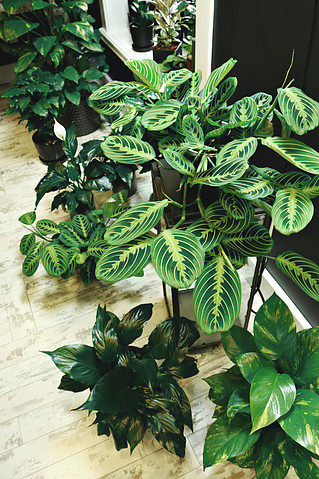
As a beginner gardener you’re probably wondering if it’s safe to put indoor plants outside. Actually moving houseplants outdoors in summer is quite good for them. The rainfall will cleanse their leaves to aid in photosynthesis and help them absorb nutrients from the sunlight. In fact, your plants will love you for it!
Most houseplants are naturally found on the forest floor under the canopy of trees, so yes, bring the plants outside in the warm months of summer. Read on to learn more about how to move houseplants outdoors in the summer.
(Some of the links within this post are affiliate links on which I receive a small compensation from the sale of certain items with no added expense to you.)
(As an Amazon Associate I earn from qualifying purchases.)
Can All Plants go Outside in the Summer?
All plants will do well outside, however you have to be mindful of the intensity of the sunlight. Your houseplants were pampered in a controlled environment up until this point. You gave them the proper light, water, and fertilizer. But once outside they will be subjected to the elements, so make sure you properly prepare them for the transition.
Orchids, bromeliads and cacti can be moved outside and hung on branches of trees for shade and protection from the sun and insects. They also must be acclimated to the environment.
(For more on indoor plants, click All About Indoor Plants.)
Time to Acclimate
If you randomly move an indoor plant outdoors before it’s ready, it may go into shock, or even die. Take the following precautions before changing its environment.
The best time to move houseplants outdoors is around 2 to 3 weeks after your last frost date and when night temperatures are consistent and do not dip below 50 degrees F. An occasional cooler night will not damage them. But if the weather becomes colder, move them to a protected area such as a shed or solarium, or even back inside for the cold spell.
Prepare your plants by acclimating them to their new environment when the temperatures seem right. To acclimate a plant is to help it gradually change from one environment to another.
The Acclimation Process
1. Repot any rootbound plants (roots are cramped and very tight in the container) before you place them outside. They will grow faster outside during the summer. An extra 2 inch in diameter pot will suffice for your plants. Do not repot them in an extra large pot because they will use all their energy to grow more roots rather than foliage.
2. Select a fully shaded area in which to place your plants. Even if a plant is a sun lover, do not place it in full sun. It will get a “sun burn” just like humans do. The delicate leaves will shrivel up and burn.
3. Begin with a mix of indoor and outdoor environments. In the morning place your plants outside in the shade, and in the evening return them back inside. Do this for 5 to 6 days.
4. After this leave them outside both night and day.
6. For shade loving plants, first keep them in the deepest shade for about a week. Then gradually move them into more filtered sunlight. You do not want to place them in direct sunlight because their leaves will definitely scorch.
Watering and Fertilizing
Watering
Place your plants close to a hose to make it more convenient to water them. Let the water from the hose run for a minute or two before watering to ensure the sun-heated water in the hose is not used to water your plants.
Your plants will require more watering because they will be exposed to the heat of the summer sun. They will need more water if there is a prolonged period of extremely high temperatures. However, do not overwater them as they are still susceptible to root rot. Indications that you are overwatering your plants include yellowing, falling, wilting, or browning leaves, or if the plant develops mold.
How Much Water?
One to two inches of rain water per week is enough if you do not have extreme temperatures. Plants placed in the shade will conserve more of their water than those in full sun. Therefore, keep a special eye on the plants exposed to sun for more than six hours a day.
Be sure the pot has proper drainage. Stagnant, smelly water will kill the plant.
Set the nozzle to a gentle shower to ensure the plant is not damaged by a full force stream of water. The soil in the pot can also run off if the spray is too powerful.
You do not need to put a saucer under the pot when the plant is outside.
Fertilizing
Your plant will be subjected to harder, more intense rainfall outside due to thunderstorms. The plant’s soil will lose more of its nutrients because of leaching. Therefore, continue to fertilize your plants with a liquid, indoor houseplant fertilizer (Purchase from Amazon) to replenish vitamins and minerals. Do this once a week, especially if you have had more than the usual amount of rainfall.
Most healthy indoor plants will not become badly infested with insects when outside. However, inspect your plants, especially under the leaves, for unwanted bugs. If you notice any intruders use an organic substance to rid the plants of the infestation.
If it becomes necessary, plant or place one or more of the following plants near your indoor plants to repel insects such as spiders. These plants include:
-
Marigolds
Inclement Weather
It’s important to not only check your indoor plants for insects, but also for wear and tear. After a strong storm with heavy winds, rain, and possibly hail, check to see how your plants have held up. See if any plant has blown over, had leaves stripped from winds or hail, or was soaked by too much water.
Tend to Your Plants
If any plant has been afflicted by one of these problems, tend to it. If it is engulfed with too much water, gently tilt it to drain some excess water from the top and the drainage hole. Leaning it against something sturdy will be helpful if it needs to drain a lot.
If the leaves have been shredded or doused with holes from hail, cut off the damaged leaves. If necessary, place it in a different location closer to your home or a building to protect it from the next storm. Your plants will love you for the extra care you gave them.
End of Summer – Time to Bring Them Inside
When the summer comes to a close and the nights become longer and colder, keep an eye out for impending frosts. Well before the first frost date of your region prepare your plants to come inside.
How to Prepare
1.Prepare the inside destinations for your plants by cleaning window sills and/or the area where you will place them. Inspect your saucers for leaks and clean them if they weren’t cleaned in the spring.
2. Prune any scorched or damaged leaves and any spent flowers.
3. Transplant into a larger pot any plant that has become root bound after its summer in the sun.
4. If your plant is dry, soak the entire pot in a basin for a couple of hours, then remove it and allow it to drain.
5. Bring the plants inside giving them at least 2 weeks before you click on the heat in your home. The cooler air will help the plant acclimate back to your home’s biome.
Moving Houseplants Outdoors in Summer
Now that you know how to nurture your indoor plants outside in the summer, I hope you will give them the welcome vacation they need. They will thank you for it by looking stronger, heathier and more vibrant.
I hope you enjoyed this post. Please leave a comment below and please share it with other gardeners!
Happy Gardening!
Nina

